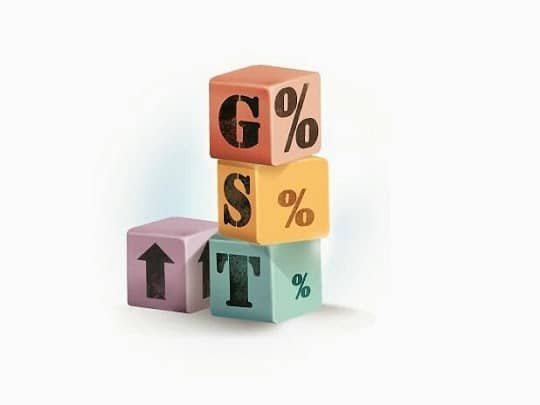
23 Mar GSTN Releases Revised Return Forms
The Goods and Services Tax (GST) Network released the revised return forms which businesses would need to comply with from this year. The new forms would be operated on a pilot basis from April 1, 2019, and would be mandated across the country from July, according to the decisions of the GST Council.
The new and revised return format would obviate the need to furnish returns under the family of GSTR-1, GSTR-, and GSTR-3, but the annual return GSTR-9 might continue, experts said.
The GST Council had suspended GSTR-2, a purchase return, and GSTR-3, input-output return, because of the complex form structure. On the other hand, GSTR-1, a sale return, and GSTR-3B, summary input-output return, remain. The new forms are uploaded following an exercise to simplify the returns under GST.
The new return formats — named “normal”, “sahaj” and “sugam” — would make the compliance process simpler for the smallest of businesses wherein taxpayers up to a turnover of Rs 5 crore would have an option to file any of the three forms.
For the revenue department, the new format would help in matching the invoices of the seller and the purchaser, and would help the department check evasion to a great extent. But at the same time, it is likely to increase clerical and administrative work for businesses.
The HSN-wise details need to be provided at the invoice level rather than the summary level. In addition, details at 4-digit HSN codes are required in the current format.




No Comments